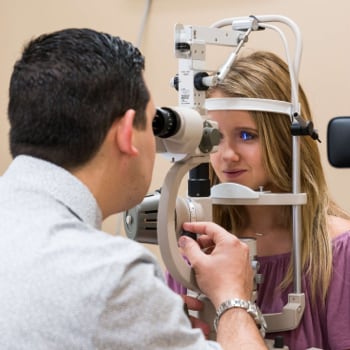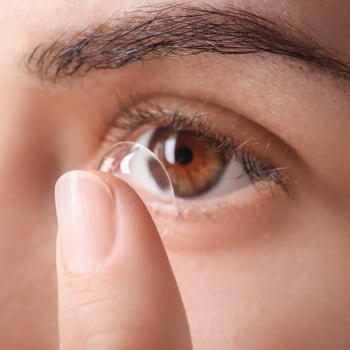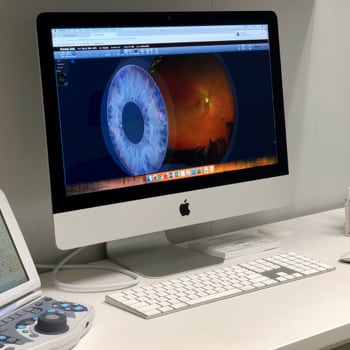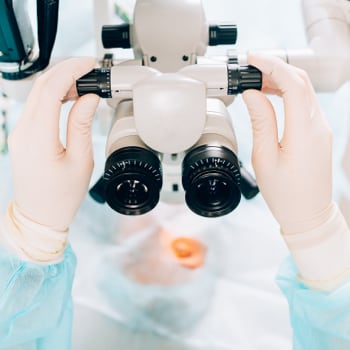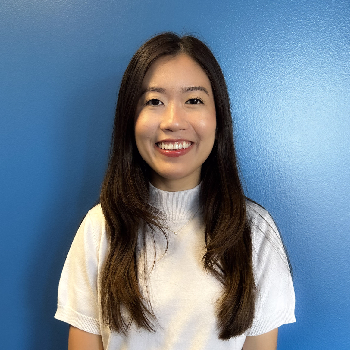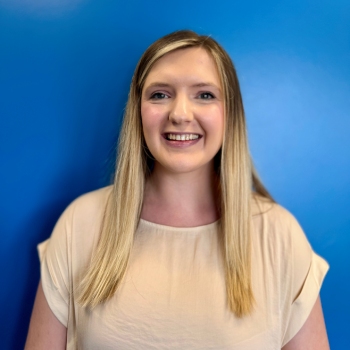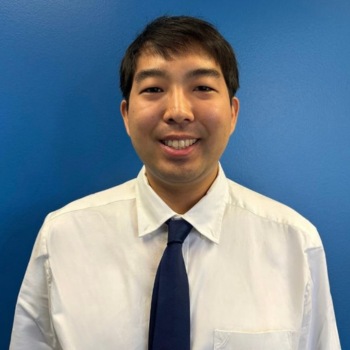What’s the difference between myopia and hyperopia? These two common vision issues can affect people of all ages. Myopia (nearsightedness) makes it difficult to see objects far away, while hyperopia (farsightedness) causes nearby objects to appear blurry. Both conditions can disrupt daily life, however, with personalized care and effective treatments, clear vision is well within reach.
At Great Hills Eye Care, we specialize in diagnosing, treating, and controlling myopia as it develops. Whether you’re struggling with distance or close-up vision, our team is here to help you find the best solutions, such as glasses or contact lenses, to meet your vision needs.
How Vision Works
Vision begins when light enters the eye through the cornea and lens. These structures bend (refract) the light to focus it onto the retina, which is located at the back of your eye. The retina then converts this light into signals your brain interprets as images.
When the eye isn’t perfectly round, or if the cornea isn’t curved in just the right way, light doesn’t focus correctly, resulting in refractive errors like myopia and hyperopia. These conditions can make everyday tasks like reading or driving more challenging. Fortunately, they’re also easily managed with the right care.
What Is Myopia?
Myopia occurs when the eyeball is too long, or the cornea is too curved, causing light to focus in front of the retina instead of directly on it. This condition makes distant objects blurry while close-up vision remains sharp. Myopia often begins in childhood, between the ages of 6-14, and can progress without early intervention.
Children may not realize that they have myopia, as they don’t have a reference point for normal vision. Signs of myopia include squinting, holding objects close to the eyes, or difficulty seeing blackboards or distant screens at school. Scheduling regular eye exams for your child is crucial for detecting and treating myopia early.
Treatment Options
Corrective lenses, such as glasses or contact lenses, are the most common treatments for myopia. Adults with stable prescriptions may consider surgical options like LASIK or PRK for long-term correction. For children, myopia management programs can slow progression and reduce the risk of complications like retinal detachment or glaucoma.
Treatment options for children include glasses and MiSight contact lenses, specifically designed to stop the progression of myopia in children.
What Is Hyperopia?
Hyperopia, the opposite of myopia, occurs when the eyeball is too short, or the cornea isn’t sufficiently curved. This causes light to focus behind the retina, resulting in blurry close-up vision while distant objects remain clearer.
Mild hyperopia is common in children and often improves with age. However, adults with significant hyperopia may struggle with tasks like reading or crafting. Left uncorrected, hyperopia can lead to eye strain and headaches. Routine adult eye exams help identify and treat hyperopia effectively.
Solutions for Hyperopia
Eyeglasses and contact lenses can correct hyperopia by refocusing light onto the retina. Your optometrist will assess your vision needs and recommend the best solution. In some cases, refractive surgery may be an option for those seeking long-term correction.

Why Eye Exams Matter
Understanding and managing refractive errors begins with regular eye exams. Early detection is key to preventing complications and ensuring you see clearly. At Great Hills Eye Care, we prioritize your eye health by providing thorough evaluations for patients of all ages.
For children, clear vision is essential for learning and development. Adults benefit from regular exams to monitor changes in vision and address conditions like presbyopia, which often develops with age. Making eye care exams a routine part of your family’s health plan ensures you’re always seeing your best.
Myopia Control for Children
One of the challenges of myopia is its progressive nature. Without management, it can lead to high levels of nearsightedness, increasing the risk of serious eye conditions such as:
Myopia control focuses on slowing this progression in children through treatments like specialized lenses, atropine drops, and lifestyle adjustments. Encouraging outdoor play and reducing screen time are simple but effective ways to protect your child’s vision.
At Great Hills Eye Care, we offer myopia management programs to safeguard your child’s eye health and reduce future risks.
Supporting Lifelong Vision Health
Refractive errors like myopia and hyperopia are common, but they don’t have to limit your lifestyle. With advances in vision correction and a focus on personalized care, clear, comfortable vision is possible for everyone.
In addition to corrective lenses, maintaining good eye health includes taking regular breaks from screens, ensuring proper lighting, and staying hydrated. A balanced diet rich in fatty acids can also help improve eye health. These small steps can make a big difference in your overall eye comfort and clarity.
Book Your Appointment Today
Don’t let blurry vision stand in the way of living your best life. Once you understand the differences between myopia and hyperopia, you can take proactive steps to maximize your vision and enjoy every moment clearly. Whether it’s managing these conditions or addressing other refractive errors, Great Hills Eye Care is here to help.
With three convenient locations in the Austin metropolitan area—North Austin, Georgetown, and Pflugerville—Great Hills Eye Care makes it easy to prioritize your vision. Our experienced team offers caring, professional service designed to help you and your family achieve your best possible eyesight.
Book your appointment today and take the first step toward a clearer, brighter view of life. Let’s see the beauty the world has to offer—together.




